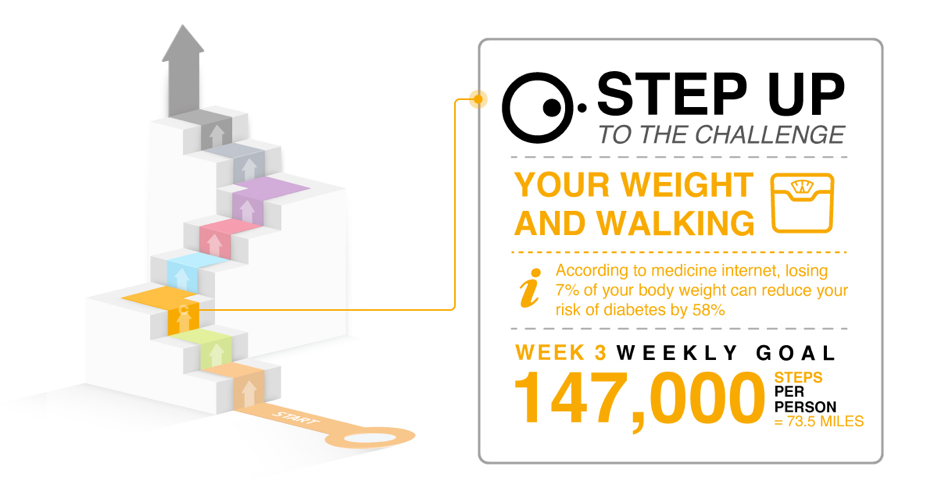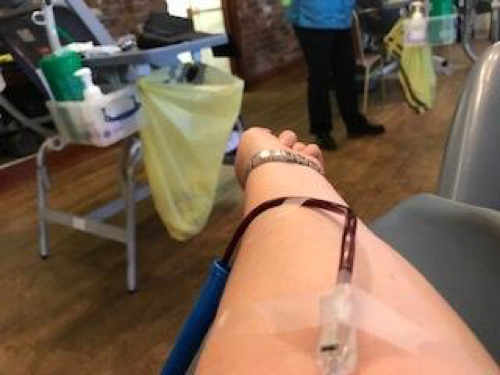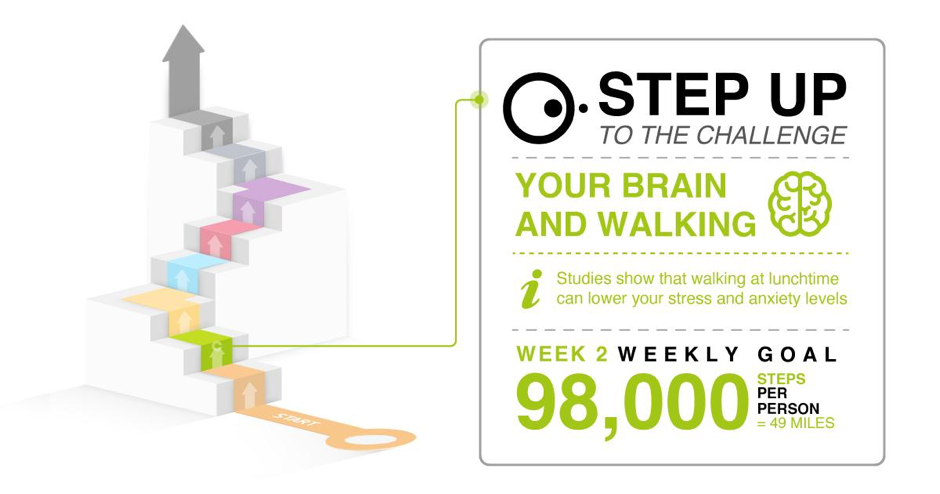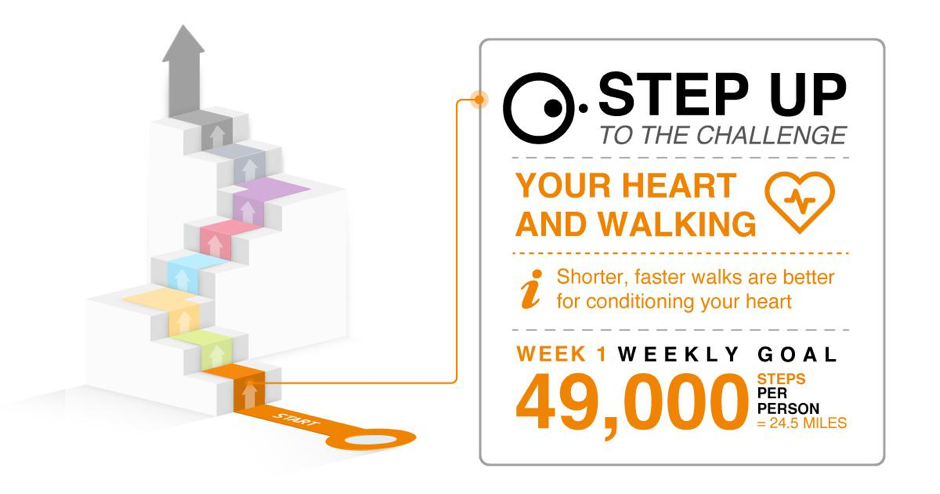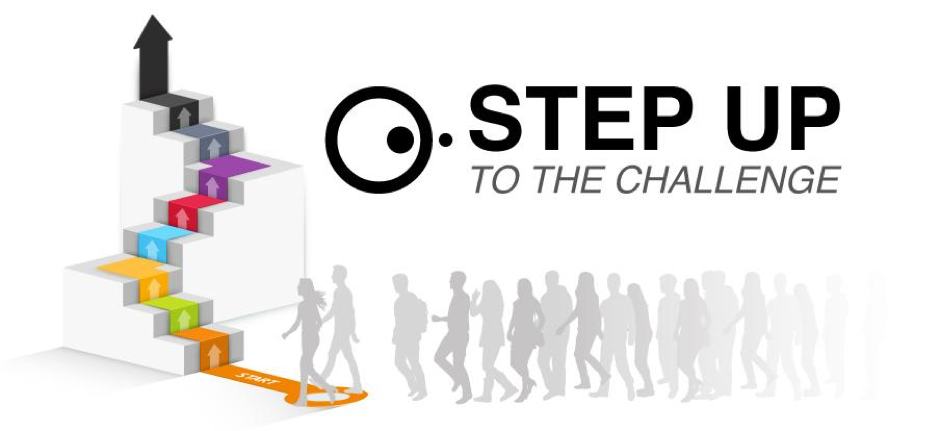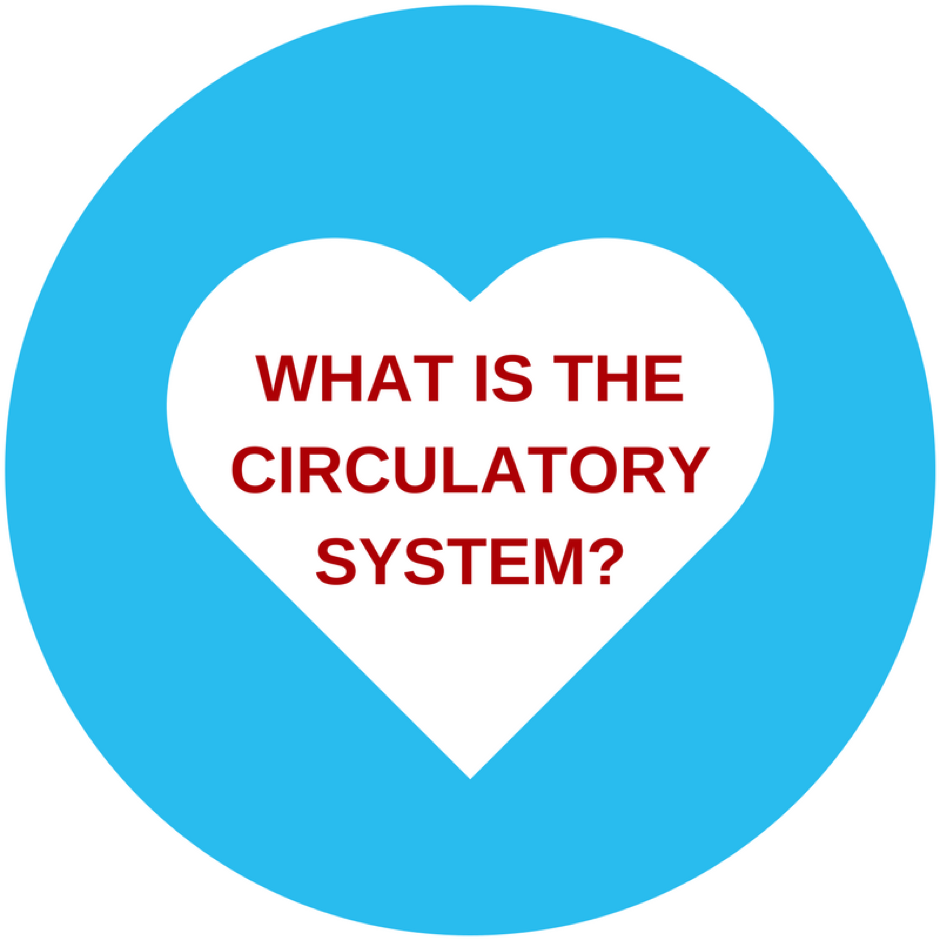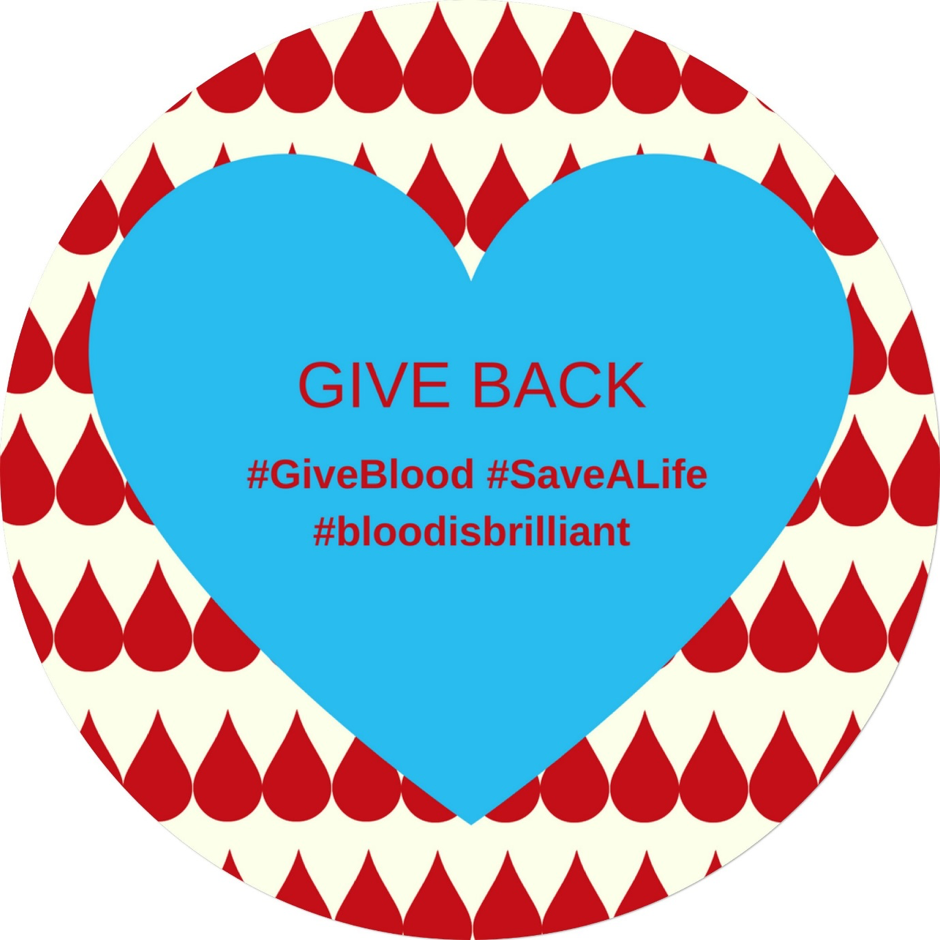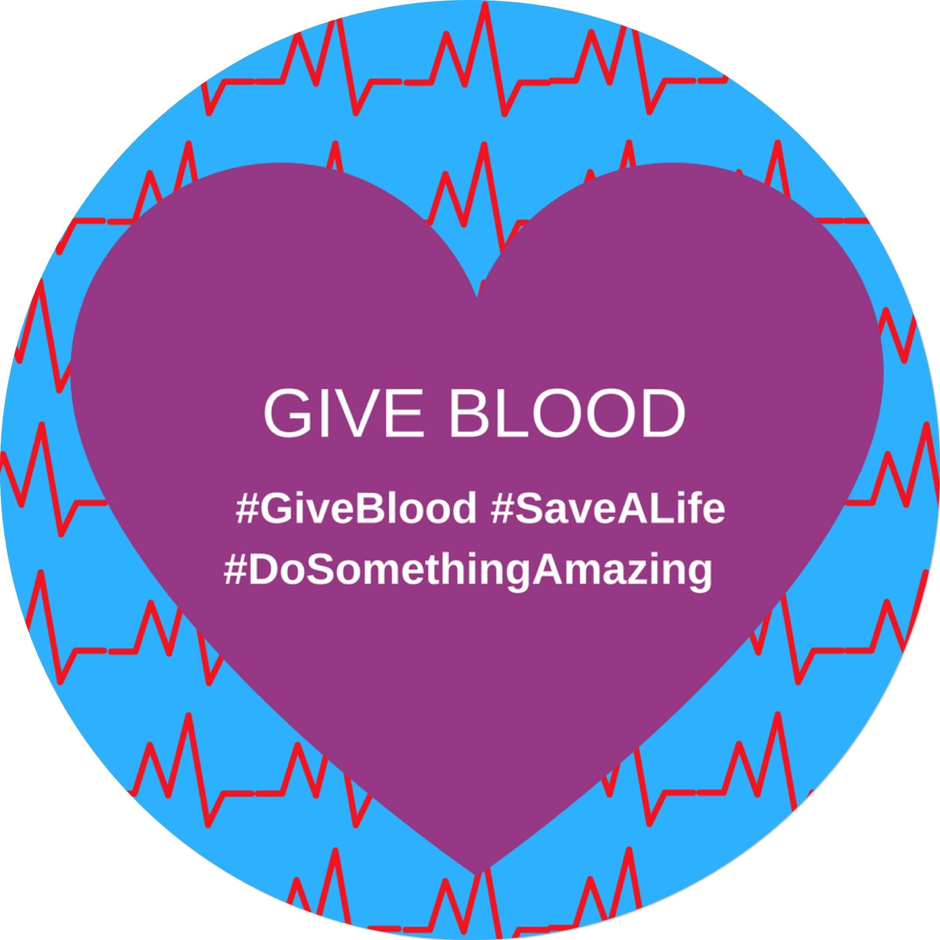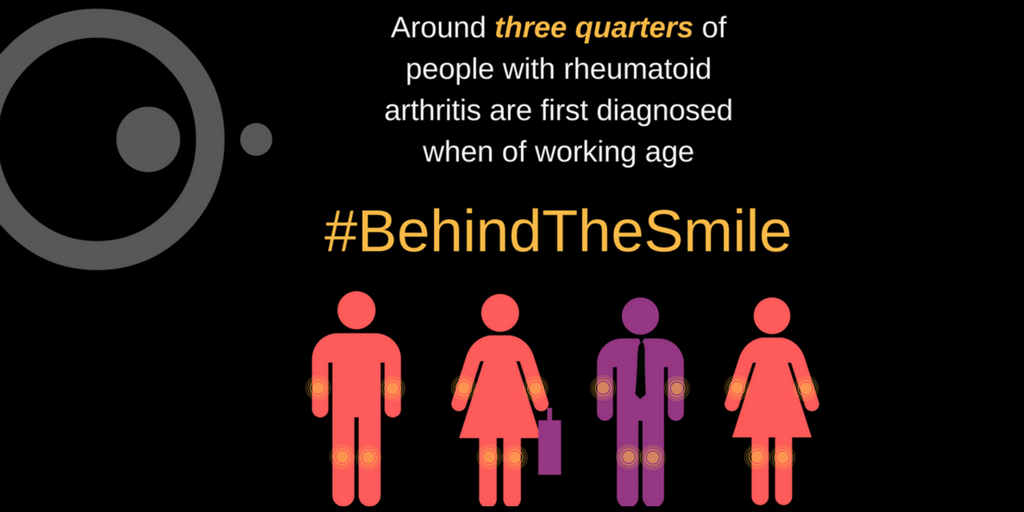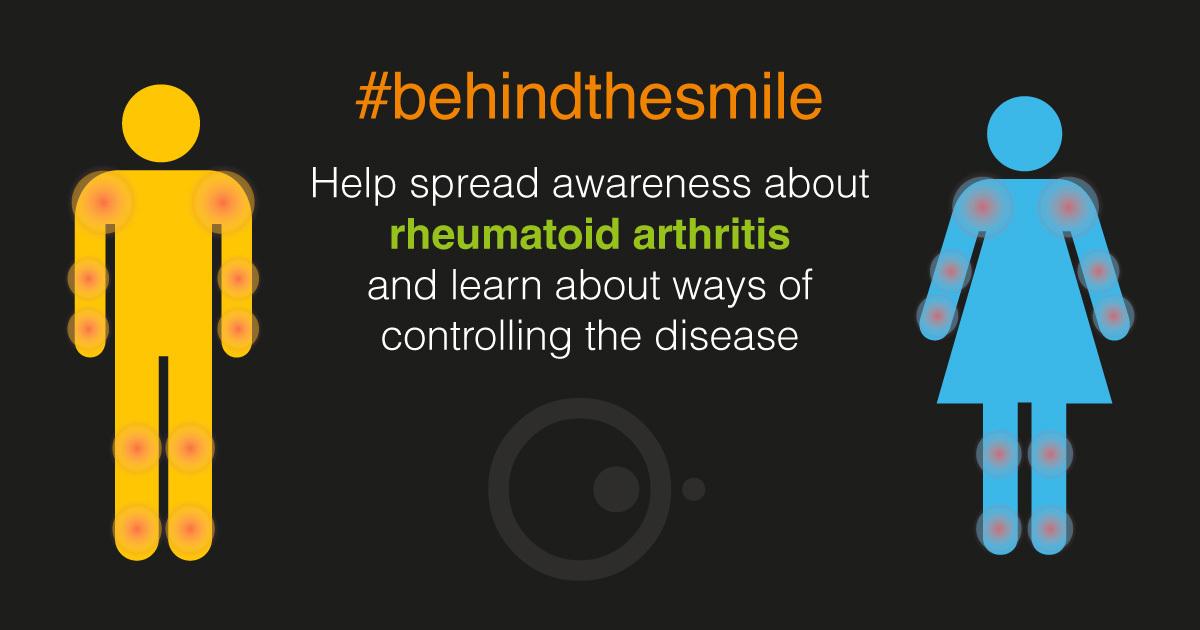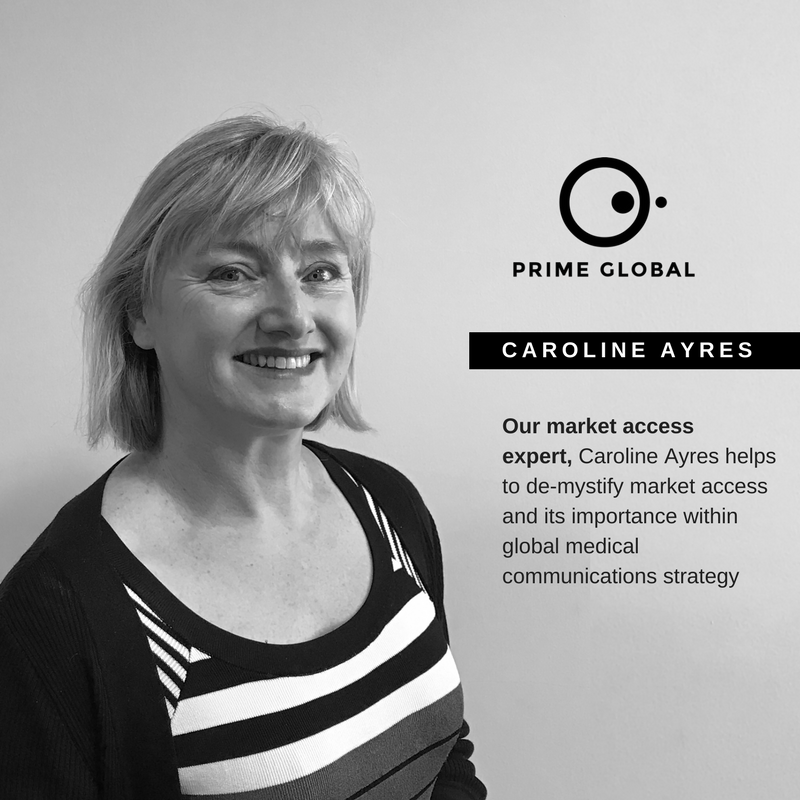Our Step Up Challenge is going places! Our Prime Global people are really getting into it and one additional health benefit has been a little excess weight loss. Whether it’s a personal goal or just an added bonus, your body will love you for it. Check out what’s involved in shedding a few extra pounds and feel right on top of your game. #walkforweightloss #movemore #stepup
read more >>Give Blood, Give back
Jacqui Bull 17 August, 2017Probably not the most scenic view you’ll see today, but we’re proud to show you one of our brilliant Prime people giving back to the community by giving blood. It really is this easy to help save a life. #savealife #giveblood #giveback
read more >>Tatton Park, Knutsford
Prime Global 16 August, 2017There are some brilliant scenic walks in Tatton Park for our Knutsford team – stroll out, clear your mind, boost your heart rate #stepup
read more >>London Summer Party
Prime Global 15 August, 2017You wait for a phone box then five come along at once… Our team in London were brimming with pride as they used their brilliant detective skills to solve the summer treasure hunt, with our very own Mr Moriarty to the fore. Even Sherlock Holmes himself would have been impressed. #treasurehunt #london #primepeople
read more >>Eye Health in the office
Gemma Smith 14 August, 2017This week we’re focusing on eye health. Many of us spend long periods of our working day in front of a computer screen, so we’ve been thinking about the effect this has on our eyes and our health in general. This article focuses on how we can help to avoid future eye problems with some brilliant tips, like the 20/20/20 rule – take a look!
read more >>Week 2- Step Up
Graeme Peterson 11 August, 2017It is week 2 of our challenge and we have discovered that even small changes to our daily routine is making an impact. Find out the brilliant changes walking has on your brain in this article. #stepup #brainhealth
read more >>Week 1- Step up
Graeme Peterson 4 August, 2017It’s vital to maintain a healthy heart and regular exercise is a proven way to help keep it in top condition. Luckily, this doesn’t have to involve hard-core gym work-outs. In fact, walking can be as beneficial to your heart as running. The following article outlines how this simple act can transform your health for the better, lowering your blood pressure and reducing your risk of coronary heart disease and strokes. Check out the link for some top walking tips. #hearthealth #stepup #walking #challenge
read more >>Step up to the Challenge – competition starts
Graeme Peterson 31 July, 2017We’re launching an 8-week Step Up Challenge to encourage our brilliant employees to get healthier through walking. Each individual is aiming to reach 7,000 steps a day – why not give it a go yourself? #stepup #challenge
read more >>Viral hepatitis is estimated to be responsible for 1.4 million deaths per year, either due to acute infection or hepatitis-related complications, according to the World Health Organization (WHO). The number of deaths is comparable to those caused by human immunodeficiency virus (HIV) and tuberculosis. This article summarises the characteristics of the five different types of viral hepatitis.
read more >>National Youth HIV and AIDS Awareness Day
Lisa Bratt 23 July, 2017The World Health Organization say at least 30% of all new HIV infections happen among 15–25 year-olds. Today is National Youth HIV and AIDS Awareness Day and we need to spread the word, engaging, educating and empowering the young on how to protect themselves against HIV and AIDS. Susanne Ulm, a Medical Writer at Prime Global, explores the growing problem of HIV and AIDS amongst young people and highlights the latest therapies. Follow the link to read more and share it to spread awareness. Together, and especially today, we can help prevent HIV and AIDS.
read more >>Inspirational Women
Graeme Peterson 18 July, 2017We believe in equality, innovation and brilliance, so it’s great to see these inspiring businesswomen’s stories. Check out this article, which uses the work of photographer Amelia Troubridge to highlight the spirit and success of the UK’s latest female innovators, challenging stereotypes and changing perceptions. #innovation #women #inspiration http://bbc.in/2taLjNQ
read more >>Blood is Brilliant
Prime Global 13 July, 2017The human body is a fascinating machine that we continue to learn new things about. This article explains how oxygen and nutrients in the blood are transported through the circulatory system. #blood #life #circulatorysystem https://goo.gl/Wg23iv
read more >>What makes up our blood?
Prime Global 12 July, 2017What makes up our blood?
This article describes in fascinating detail what blood consists of and how it’s made #blood #article #body https://goo.gl/FKdiW4
read more >>Blue Dot Festival
Lisa Bratt 10 July, 2017What a brilliant science festival experience @bluedotfestival this weekend! The fantastic breadth of lectures and demonstrations on science, technology and space left your mind buzzing with wonder and possibilities. And what better place to learn when the views are this beautiful? #jodrellbank #bluedot #science
read more >>Knutsford office Hawaiian Summer party
Graeme Peterson 8 July, 2017What a way to finish the week – a brilliant Prime global event! Games, pina colada and BBQ… if only we were on Waikiki beach #Hawaii #SummerParty #PrimePeople
read more >>Give Blood to Save lives
Prime Global 7 July, 2017What is blood actually made of and what does it do? It has four components: red blood cells, white blood cells, platelets and plasma. Each of these can be used to treat different diseases. It’s remarkable stuff – find out more https://goo.gl/TJkj47 and check out Archie’s story #giveblood #function #savealife
read more >>Where is my Blood going?
Prime Global 6 July, 2017Ever wondered what happens to your blood after you’ve donated it? Hospital usage figures tell us that: • 67% is used to treat medical conditions including cancer, anaemia and other blood disorders • 27% is used in cardiac and emergency surgery • 6% is used to treat blood loss after childbirth You really can help save lives – do something brilliant #giveblood to #savealife. Read more on the NHS Give Blood website. https://goo.gl/Sk6f1c
read more >>Prime people give back
Prime Global 4 July, 2017Thanks to everyone who donated blood recently, it was a fantastic effort. It’s vital that we all keep giving regularly, helping to sustain and refresh supplies across the UK. We’re encouraging everyone to be brilliant and #giveblood to help those who need it. One day, it could be you… #giveblood #dosomethingamazing #savealife #givebloodsavelife
read more >>Principles and Science Behind HIV Testing
Susanne Ulm 27 June, 2017According to the World Health Organization (WHO), in 2016, worldwide 40% of all people living with human immunodeficiency virus (HIV) did not know that they had it. That’s 14 million people.
The only way to know if you have HIV is to have an HIV test.
During National HIV Testing Day, many organisations raise awareness of the importance of HIV testing. An early diagnosis can prevent further HIV transmission and allow for timely treatment. This article explores the testing methods and the development of the tests.
read more >>Rheumatoid Arteritis: know that facts
Emily Anslow 23 June, 2017¾ of rheumatoid arthritis sufferers are first diagnosed when of working age, according to NRAS.
read more >>What happens if you have RA?
Rachel Skillen 21 June, 2017According to National Rheumatoid Arthritis Society (NRAS), around 690,000 people in the UK have rheumatoid arthritis. That’s about 1% of the population. It’s a serious and painful disease that can result in joints losing their shape, causing permanent damage.
read more >>Rheumatoid Arteritis Week
Rachel Skillen 20 June, 2017This week we’re helping raise awareness of rheumatoid arthritis. The condition can cause pain, inflammation and stiffness of the joints due to the immune system attacking the joint tissue. If untreated, the condition can lead to permanent disability.
Take a look at the NRAS campaign #behindthesmile https://goo.gl/eETSVp
read more >>Diabetes – Should We Be Worried?
Susanne Ulm 16 June, 2017According to the World Health Organization, 8.5% of the worldwide adult population had diabetes in 2014. In 2016, 4.5 million people in the United Kingdom were living with diabetes, of which 1 million were undiagnosed. What causes diabetes and what does it mean to have diabetes?
read more >>Cystic fibrosis (CF) is a rare disease that causes damage to the respiratory, digestive and reproductive systems. Its incidence varies across the globe. In the USA, CF affects one in every 3500 newborns, and in Europe it’s one in every 2000–3000. Does the low number of patients with CF worldwide discourage scientists from finding a cure? Let’s have a look at what’s currently known about CF as well as existing and future therapies.
read more >>Duchenne muscular dystrophy (DMD) is the most common type of muscular dystrophy, which is characterised by muscle weakening and breakdown. It is a devastating disease that we still don’t fully understand, and currently there is no cure. Patients have a very limited number of therapy options. Scientists are working hard to develop new treatment therapies, but they still face many challenges.
read more >>An interview with Caroline Ayres
Stacey Willis 19 May, 2017In an interview with Caroline Ayres, our HEOR expert in the Prime team, we explore the importance of Market Access in medical communications strategies, as well as looking at how the industry’s needs have changed. Read the full article here: https://lnkd.in/gRRDzsq
read more >>There is currently no vaccine available that can prevent human immunodeficiency virus (HIV) infection. Why do scientists believe that an effective and safe HIV vaccine can teach the immune system how to fight HIV? I had a closer look at their latest research of HIV vaccines.
read more >>HIV Vaccine Day
Emily Anslow 18 May, 2017Today is #HIVVaccineDay and we’ve been exploring the latest research of HIV vaccines and the treatments scientists are developing. Susanne Ulm, looks into a section of HIV vaccines and describes how they work with your immune system to fight against HIV. Follow the link to read more: https://lnkd.in/gjyWdjq
read more >>Media Release – Prime Global’s Caroline Ayres discusses the importance of market access
Prime Global 17 May, 2017
Market access expert Caroline Ayres helps to de-mystify market access and its importance within global medical communications strategy.
read more >>Final Night in Dubai!
Rachel Skillen 17 May, 2017Our brilliant Prime team enjoying their final night in Dubai, celebrating another successful meeting #medcomms
read more >>
